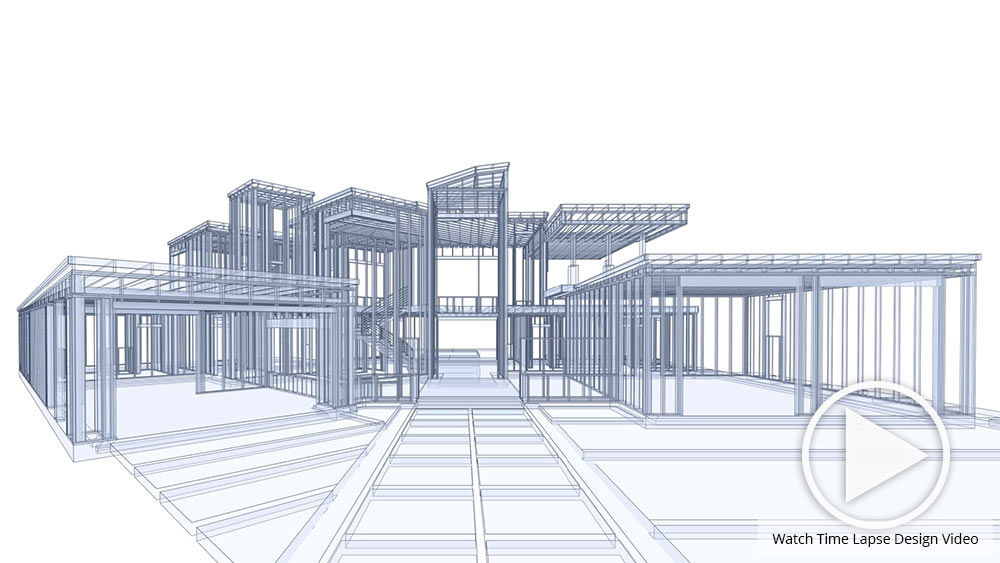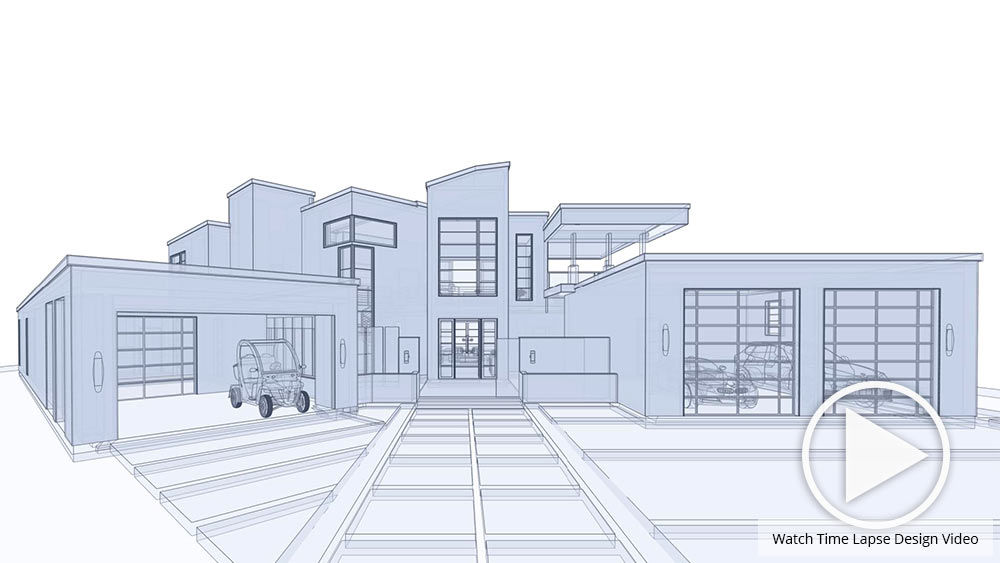The Creative Refine Behind Successful Tasks from CDA Architects
The Creative Refine Behind Successful Tasks from CDA Architects
Blog Article
The Effect of Technical Improvements on the Design Practices of Contemporary Architects
The quick development of technological devices has dramatically reshaped the design landscape for modern architects, cultivating unprecedented degrees of development and sustainability. The combination of Building Info Modeling (BIM), parametric design, and man-made intelligence has not just structured collaboration among varied teams however additionally redefined job implementation. As architects accept these innovations, they are challenged with complicated challenges that could affect their imaginative procedures. Exploring these dynamics discloses a nuanced interaction between innovation and typical design methods, motivating a more detailed examination of what the future holds for architectural methods.
Advancement of Architectural Devices
Just how have building devices changed the style and building and construction procedures over the centuries? The development of architectural tools has significantly impacted the efficiency, accuracy, and creativity of design and construction. In old times, engineers count on fundamental instruments such as plumb bobs, measuring poles, and fundamental geometry to develop frameworks. These tools laid the foundation for very early building method, permitting the construction of legendary frameworks, albeit with restrictions in precision and intricacy.
With the arrival of the Renaissance, the introduction of the compass and the protractor marked a crucial shift. These devices made it possible for engineers to attain higher accuracy in their designs, facilitating the appearance of even more detailed and in proportion structures. The Industrial Revolution better revolutionized building exercise with the introduction of mechanized devices and materials, enabling for larger and more enthusiastic tasks.
In the 20th century, the growth of computer-aided layout (CAD) software application transformed the landscape once more, offering engineers with unmatched capacities in modeling and visualization. Today, advanced tools such as Structure Information Modeling (BIM) and parametric style software program remain to press the boundaries of architectural innovation, making it possible for a more incorporated strategy to design and building procedures.
Enhanced Collaboration in Design
As innovation continues to evolve, improved cooperation in style has ended up being a foundation of contemporary building method. The combination of digital tools such as Structure Information Modeling (BIM), cloud-based platforms, and progressed visualization software program has actually changed the means designers, designers, and stakeholders engage throughout the style process. These tools facilitate real-time communication, permitting groups to share ideas, alterations, and feedback quickly, regardless of geographical location.

Furthermore, interdisciplinary cooperation has been streamlined via these technological improvements, making it possible for engineers to work a lot more closely with other experts, such as city planners and environmental experts. The outcome is an extra cohesive method to create that considers numerous perspectives and experience. Ultimately, enhanced partnership in style is not just a fad; it is essential for creating innovative, practical, and cosmetically pleasing style in a significantly intricate globe.

Sustainability With Innovation
Sustainability in architecture has actually significantly ended up being intertwined with technical advancement, driving the industry towards ecologically responsible techniques. Contemporary designers are leveraging advanced modern technologies to lessen environmental influence while improving the performance of structures. cda architects. One famous example is the use of Structure Information Modeling (BIM), which permits accurate preparation and resource allocation, minimizing waste during building and construction and promoting power efficiency throughout a structure's lifecycle
Moreover, smart products and energy-efficient systems are being incorporated into designs to maximize source use. Technologies such as solar batteries and green roof harness renewable resource sources, contributing to decreased carbon impacts. Additionally, the application of expert system in style procedures enables engineers to simulate and examine power consumption, assisting choices toward more lasting end results.
The integration of sustainable innovations not just aligns with worldwide ecological objectives but likewise satisfies a raising demand from customers for eco-friendly services. As designers welcome these developments, the focus moves in the direction of developing spaces that are not only aesthetically pleasing however also functionally lasting, thereby redefining the standards of contemporary architecture. By doing this, innovation functions as a stimulant for sustainability, making it possible for architects to design buildings that respect and enhance the natural surroundings.
Challenges in Execution
While technological improvements in design basics hold wonderful assurance for boosting sustainability, their execution usually runs into significant difficulties. One main challenge is the steep knowing curve related to new technologies. Engineers and building and construction specialists might need comprehensive training to effectively make use of innovative software application and tools, which can delay project timelines and enhance costs.
Furthermore, the integration of arising innovations, such as Structure Info Modeling (BIM) and lasting products, often necessitates partnership across multidisciplinary teams. This collaboration can be impeded by differences in proficiency, operations, and interaction designs, leading to potential problems and inadequacies.

Additionally, governing frameworks and structure codes may not equal technological advancements, producing ambiguity and prospective conformity issues. This difficulty can prevent designers from totally embracing new technologies, as the threat of non-compliance may outweigh the advantages. For that reason, addressing these execution difficulties is crucial for the successful assimilation of technological innovations in contemporary architectural techniques.
Future Trends in Architecture
The difficulties linked with the application of brand-new modern technologies in design have actually triggered a reevaluation of future patterns within the sector - cda architects. As designers navigate problems such as sustainability, urbanization, and social equity, they are progressively embracing ingenious technologies to improve style effectiveness and ecological efficiency
One famous pattern is the integration of fabricated intelligence (AI) in the layout procedure. AI devices can evaluate substantial datasets to inform design choices, boosting both creativity and capability. Similarly, Building Info Modeling (BIM) remains to progress, making it possible for real-time cooperation amongst stakeholders and promoting streamlined task administration.
Sustainable design techniques are also acquiring momentum, with architects concentrating on adaptive reuse and regenerative style principles that lessen resource intake and waste. The consolidation of clever materials and renewable energy sources will certainly further enhance the strength of buildings in the face of climate modification.
Furthermore, the surge of parametric style enables even more personalized and context-sensitive building solutions (cda architects). By utilizing these innovations, engineers are poised to develop constructed environments that not just address the instant requirements of culture however also prepare for future difficulties, thus redefining the duty of design in an ever-changing globe
Conclusion
Technical advancements have dramatically reshaped architectural layout practices, facilitating boosted precision, partnership, and sustainability. The combination of tools such as Structure Information Modeling and parametric style software, along with expert system and wise materials, encourages designers to deal with complicated obstacles better. While execution may present particular challenges, the continued advancement of these modern technologies promises to drive innovation in design. Future trends will likely additionally emphasize sustainability and efficiency, go inevitably redefining the developed environment. More hints
Report this page